What European Protected Species status means for Scotland’s beavers
It is only a matter of days now until 1 May when the beaver will achieve European Protected Species (EPS) status in Scotland. This will be a truly landmark occasion as beavers finally get the status they deserve after they were lost to Scotland through human persecution and habitat loss over 400 years ago.
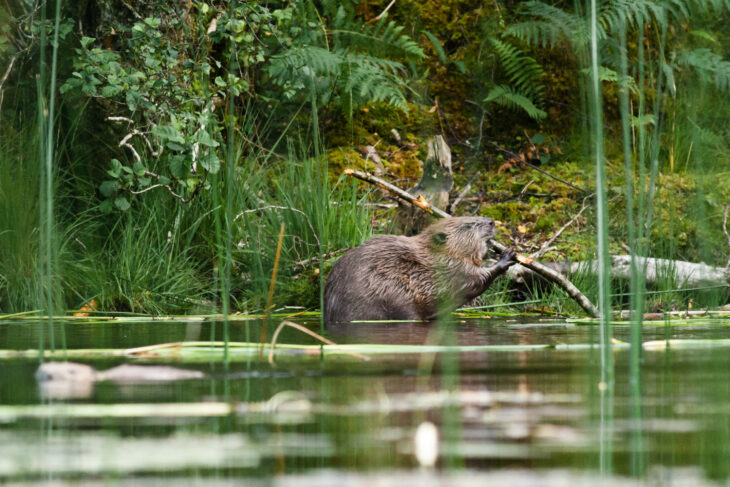
The Scottish Beaver Trial – a partnership project between the Scottish Wildlife Trust, the Royal Zoological Society of Scotland and Forestry Commission Scotland – can be rightly lauded as an exemplar approach to the reintroduction of a species. This is the first time in UK history that a mammal has been formally reintroduced, and the Trial demonstrated how detailed planning, science, conservation expertise and community engagement can work together to win the trust and support of many different stakeholders.
The return of beavers to our lochs and rivers will see their ecological and community benefits begin to spread across the country, as beavers naturally expand their habitat. Beavers are well-known for their natural engineering prowess. They help create new wetland havens that provide homes for many other species including fish, otters, insects such as dragonflies, and water birds.
Beavers also help restore native woodlands, while benefiting communities by reducing flood risks further down river. The experience with the Scottish Beaver Trial demonstrates how they can also boost Scotland’s rural economy by attracting new visitors.
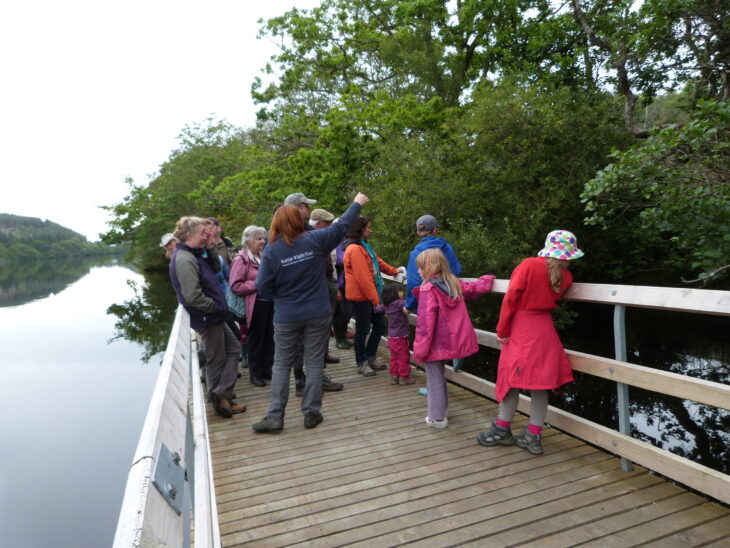
What is European Protected Species status?
But what protection does EPS status actually provide? In Scotland, it means beavers are protected under the 1994 Conservation Regulations. It will become an offence to deliberately:
- capture or kill a wild beaver
- disturb a wild beaver
- damage or destroy a breeding site or resting place of a wild beaver
These restrictions apply to all stages of the life of beavers. It will also be an offence to keep, transport, sell or exchange, any live or dead wild beaver.
It will be possible within the law – as is the case with other protected species – for Scottish Natural Heritage (SNH) to grant a licence for exemption from these restrictions if three tests are met. Firstly, it must be demonstrated that the licence is for one of the following purposes:
- scientific or educational purposes
- ringing or marking
- conserving or introducing beavers
- protecting any zoological collection
- preserving public health or public safety or other reasons of overriding public interest including those of a social, economic or environmental nature
- preventing the spread of disease
- preventing serious damage to agriculture, forestry, fisheries or any other form of property
Secondly, SNH cannot grant a licence for these purposes unless they are satisfied that there is no acceptable alternative.
Thirdly, the action authorised must not impact on the favourable conservation status of beavers in their natural range.
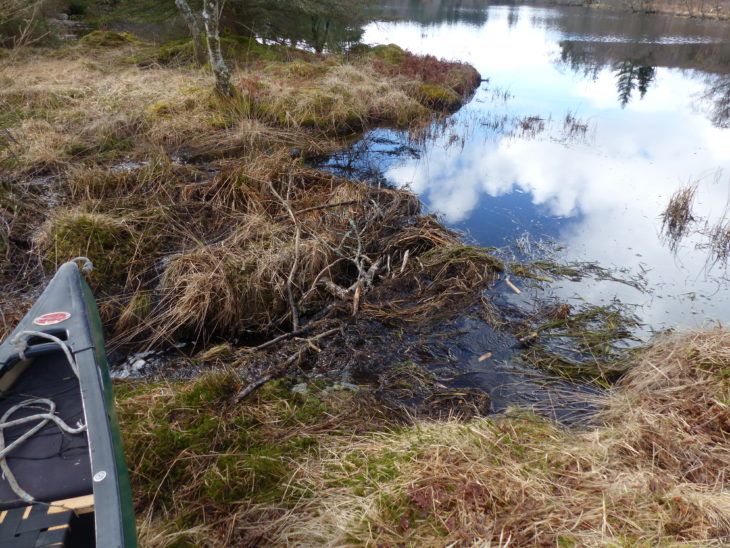
Managing conflict
Unfortunately, as beavers are highly skilled engineers there are times when the building of dams, felling of trees and digging burrows or canals can bring them into conflict with people. Where this risks causing serious damage to property, infrastructure or economic activity such as agriculture or forestry there will need to be ways to manage these impacts in a responsible way.
SNH has set out the Management Framework that will be used to manage beavers and their impacts and has committed to review it regularly. There are four key components to the framework, which includes management guidance, policy and actions, the monitoring of beaver populations, and the promotion and demonstration of the many benefits of beavers.
While all elements of the management framework are important, there are two aspects that are likely to receive much attention. That is, the use of mitigation techniques and, as a last resort, lethal control.
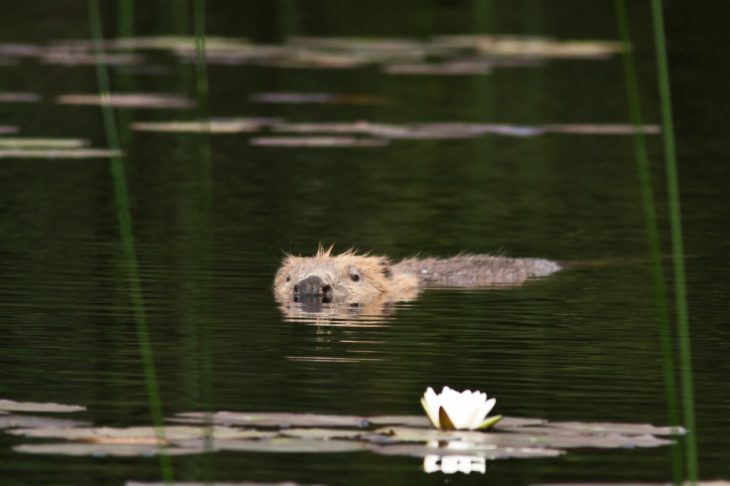
The mitigation scheme will draw on the experience in Europe and North America and the techniques used there such as tree guards, fencing and pipes to manage waterflow through dams. The scheme will provide free expert advice, suitable equipment and cover the costs of its installation which should help with the take-up of these approaches.
A licence will be required for any mitigation actions that remove dams more than two weeks old, notch or install flow devices to them, destroy lodges or chambered burrows, trap and relocate beavers and of course lethal control.
The correct application of the law means that lethal control should only ever be used as a last resort. It must be demonstrated there are no alternatives – such as translocations (moving animals from one area to another) – and that serious damage to property or risk to public health will result from the beavers’ continued activities. In order to ensure that lethal control is carried out humanely, it will only be permitted by accredited controllers and through agreed procedures.
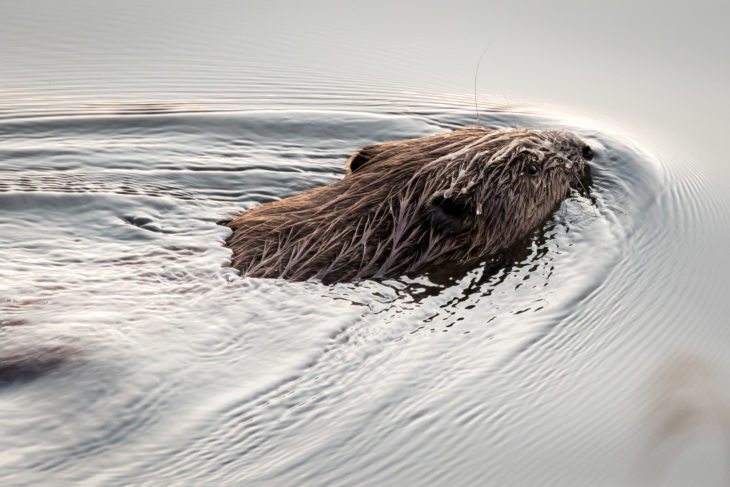
SNH has also indicated that there is a general assumption against lethal control in the period when young beavers (kits) are dependent on their parents (1 April to 16 August) unless there is a serious risk to public health or property. There are extra measures to ensure that kits are not left abandoned if control is proven to be necessary during this period.
It is encouraging that this framework will be kept under review once it is implemented. There will no doubt be a need to adapt it as experience is gained as to how it works in practice. There must also be a high degree of openness and transparency about the number of licences issued and the purpose for which they are used, with all the information in the public domain.
The clear intention to monitor beaver populations is welcome but this must be done robustly so we can ensure that levels of control do not impact on the conservation status of the species. It will be equally important that the framework is true to its word and that it is able to demonstrate and promote the many benefits this wonderful animal brings to people and nature.
Dougie Peedle, Head of Policy
Help protect Scotland’s wildlife
Our work to save Scotland’s wildlife is made possible thanks to the generosity of our members and supporters.
Join today from just £3 a month to help protect the species you love.
Preface
It is only a matter of days now until 1 May when the beaver will achieve European Protected Species (EPS) status in Scotland. This will be a truly landmark occasion …
